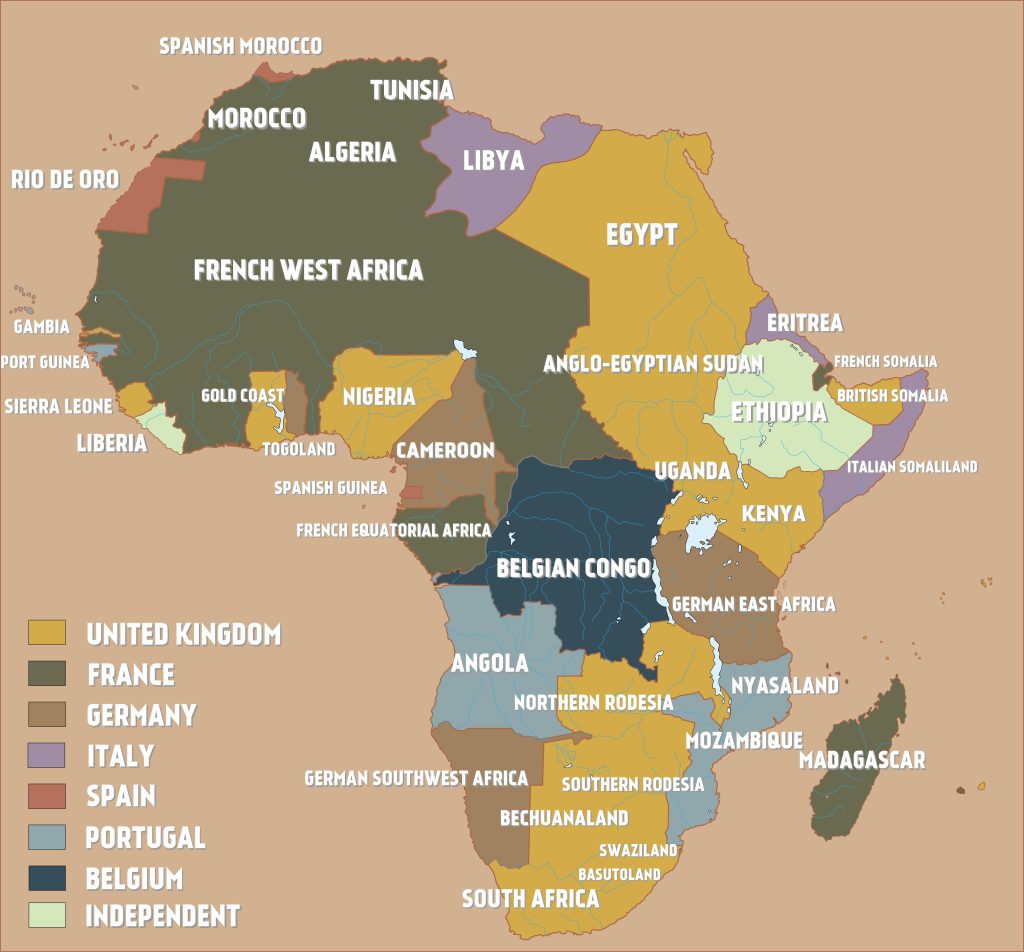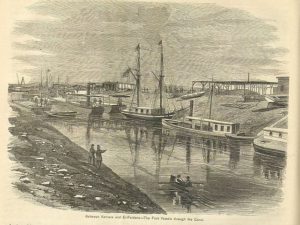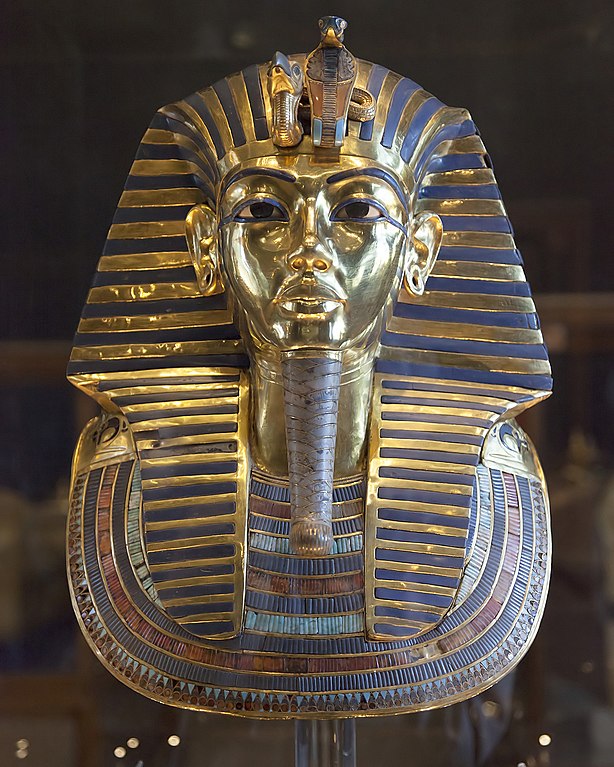In the early years of the 20th century, the colonial powers of Britain and France became increasingly concerned with Germany’s military growth. France had suffered defeat in the Franco-Prussian War of 1870-71 and was concerned about its growing military power. Britain was concerned as well about Germany’s growing navy bringing both countries together in an agreement. Africa was the main point of contention with British, French, Belgium and Germany all having colonial territories. Belgium, Italy, Portugal and Spain also had territory in Africa.

Image: reddit user whiplashoo21
On 8 April 1904, both countries declared that they recognized certain territorial claims of the other in Africa. The British agreed that France had control over Morocco and France agreed to recognize Egypt as under British control. The declaration became known as the Entente Cordial and the beginnings of an alliance between the two powers. Although there was an agreement to diplomatically support the other, there was no requirement they provide military assistance if they were attacked.
Why This is Important
While not a formal alliance, it put the world on notice and in particular Germany that Britain and France recognized each other’s colonial territories. Germany saw the agreement exactly for what it was and would take steps to challenge it. Germany supported the Sultan of Morocco in 1905 against France. Britain however sided with France and resulted in an international conference that confirmed France’s control over Morocco. Germany decided to send troops to Morocco in 1911 precipitating another crisis. This forced both Britain and France into an informal military alliance to counter Germany. Rather than break up the two parties, Germany’s actions only brought them closer together. And it would result in more formal military agreement that would include Russia as well. By 1912, Europe was divided into two main blocks: Britain, France and Russia and Germany, Austria-Hungary.
Sources:
—. “Entente Cordiale | Franco-British Alliance, 1904 Treaty.” Encyclopedia Britannica, 6 Apr. 2024, www.britannica.com/event/Entente-Cordiale.
Sullivan, Missy. “Britain and France Sign Entente Cordiale.” HISTORY, 5 Apr. 2024, www.history.com/this-day-in-history/britain-and-france-sign-entente-cordiale.
—. “Entente Cordiale.” Wikipedia, 1 Apr. 2024, en.wikipedia.org/wiki/Entente_Cordiale.




